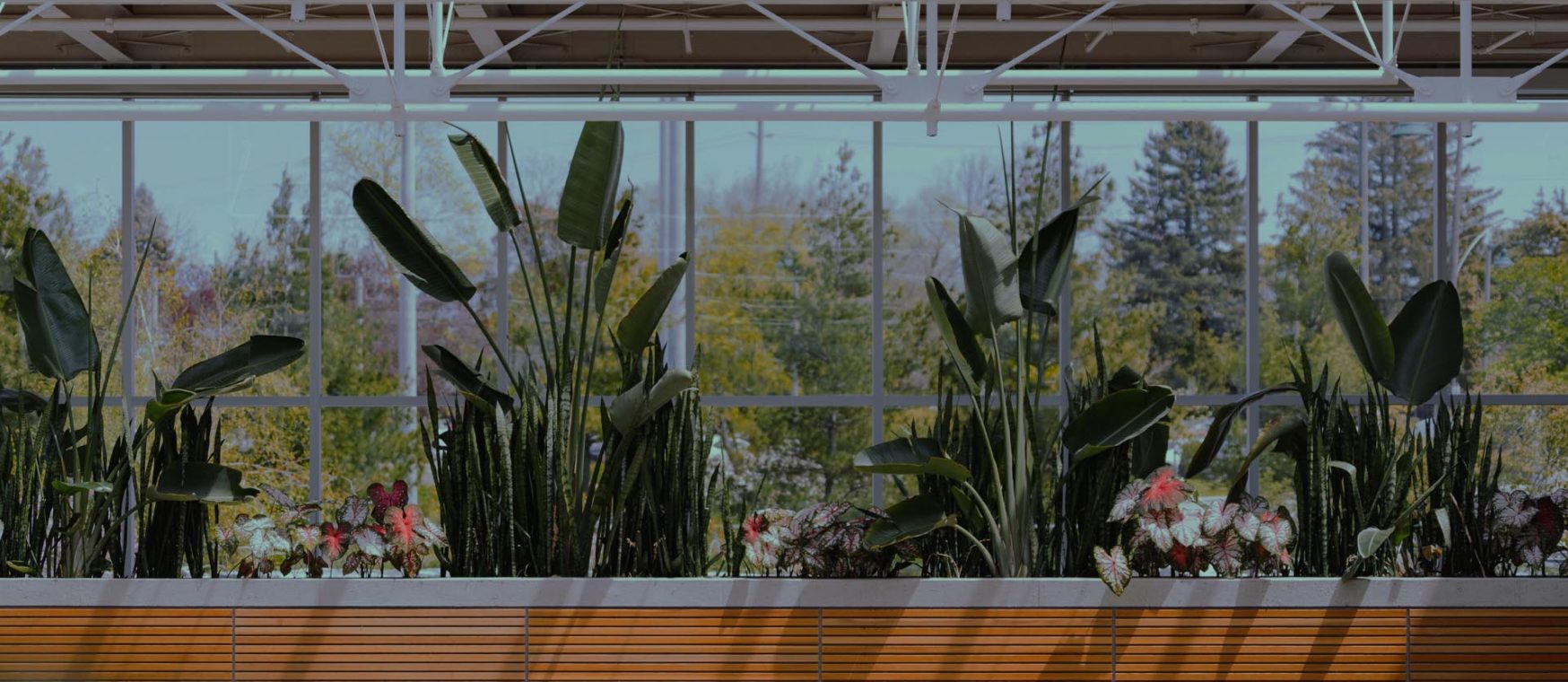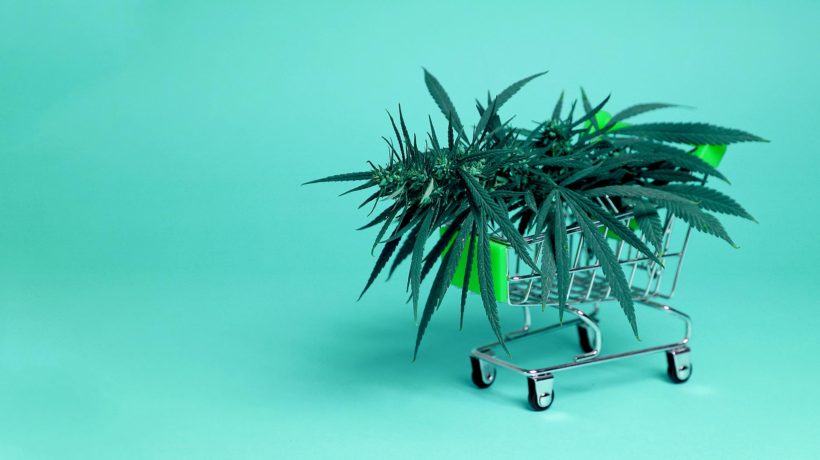As cannabis becomes mainstream, where it comes from and the growing method is also starting to come into play.
Much like how you may seek out organic fruits, free-range chickens, and grass-fed beef, so, too, you may also want to find a nice batch of outdoor-grown, sun-soaked cannabis rather than those under a grow light.
Or, you may prefer the benefits of indoor grows, hyper-focused, controlled, formulated for exactly what you want it to do and be.
But in order to get to that level of specification in your cannabis use, you need to first learn about what the differences are between an indoor grow and an outdoor grow.
Where (and how) the plant is cultivated affects the resulting flower’s aesthetics, aromatics, chemical breakdown, and taste. All this, in turn, can affect the type of high you get, which is a critical part of the process.
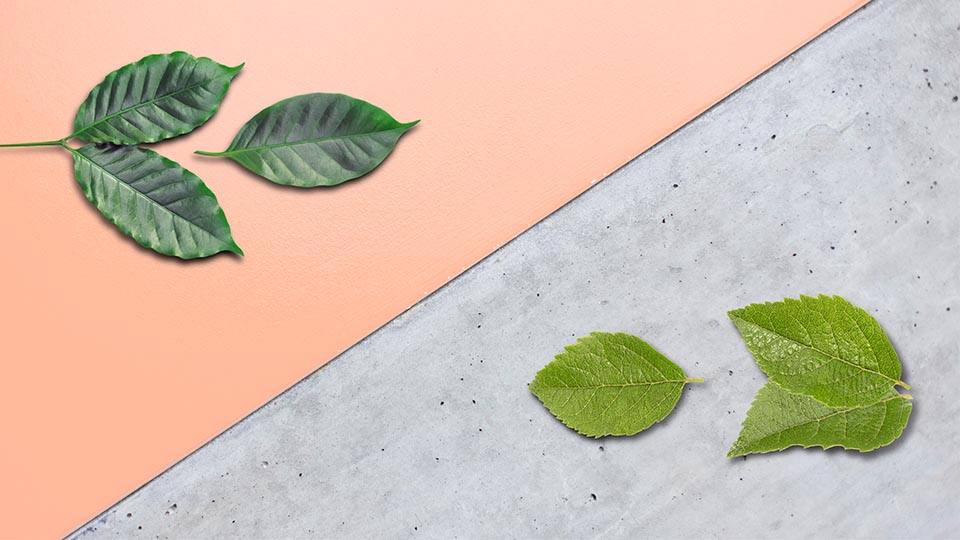
Aesthetics
Cannabis with an outdoor growing method tends to be a darker green or a richer purple and produce larger buds than its indoor counterparts, with stems verging on brown.
Indoor cannabis is often bright green or light purple and the color is more consistent throughout.
Outdoor harvests can also be more rushed, so you can often spot this flower by its longer stems. This, in addition to its coloring, has made growing cannabis outdoors less desired by dispensaries, since it’s not as “attractive.”
Of course, with California’s new container regulations, it’s harder to judge a book by its cover.
Aromatics and taste
Anyone with a refined palate will tell you that about half of every taste is the smell. Different strains will have their own signature scent, but grows can inform how that develops.
Because indoor growers have more control over the environment, it’s easier for them to cultivate stronger smelling marijuana and manipulate the elements for a certain flavor profile.
Plus, indoor growers are more likely to take their time with the curing process, which affects your taste and smell experience.
That being said, terpenes are produced in higher quantities when the plants receive natural sunlight. A seasoned grower can get dynamic flavors out in the field, but it’s hard to match the specificity of strains grown indoors.
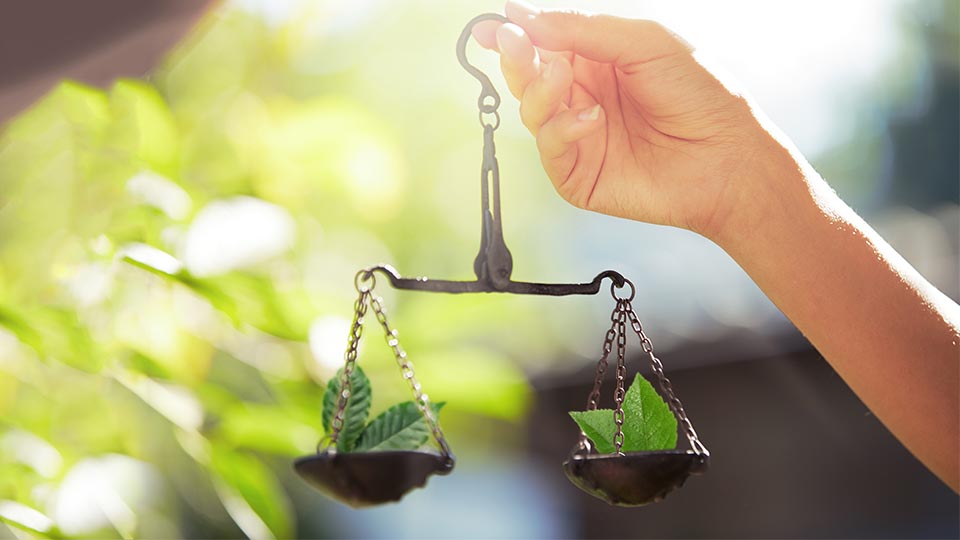
What happens to the good stuff?
The larger buds of outdoor cannabis make it more difficult for the trichomes (where a lot of the cannabinoid and terpenoid magic happens) to grow as densely as they would indoors.
One might think — and for a long time, most of the industry did — that plants with fewer trichomes create weaker marijuana. As it turns out, sunlight doesn’t just lead to more terpene production; it improves cannabinoid production as well, generally producing more potent cannabis.
Indoor farmers, however, still have the element of control, and often lead the charge when it comes to creating highly potent strains. The main difference in intensity is that many indoor strains are cultivated to produce more THC. Conversely, the sunlit flower has a broad spectrum of high cannabinoid content.
Price
By now, you might be picking up on the cold shoulder sun-grown cannabis gets in the industry. As legalization picks up steam, indoor cultivation is favored because it’s easier to regulate.
However, indoor growers incur much higher upkeep costs, resulting in more expensive flower.
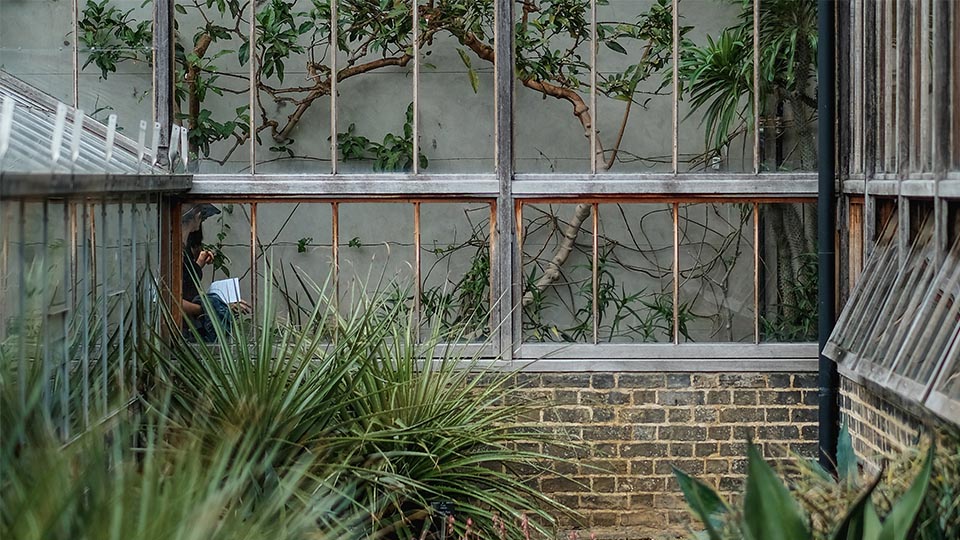
Want the best of both worlds?
The newest wave of marijuana production occurs in greenhouses. Growers get all the benefits of natural light while still being able to control other environmental factors.
This form of cultivation is in its relatively early days. It can be very close to traditional outdoor growing, extremely reliant on technology, or somewhere in between. It’s impossible to give a monolithic overview of the cannabis produced this way because everyone’s approaching it differently.
The only thing that everyone can agree on is that greenhouses will play a major role in the future of flower and the indoor/outdoor dichotomy won’t last.
Regardless of how and where it’s grown, all cannabis needs to pass pesticide and heavy metal testing before it can hit the shelf at your trusted dispensary. Don’t be afraid to include a certain brand or strain’s test results into the list of questions you have prepared for your budtender when you head to the storefront.
